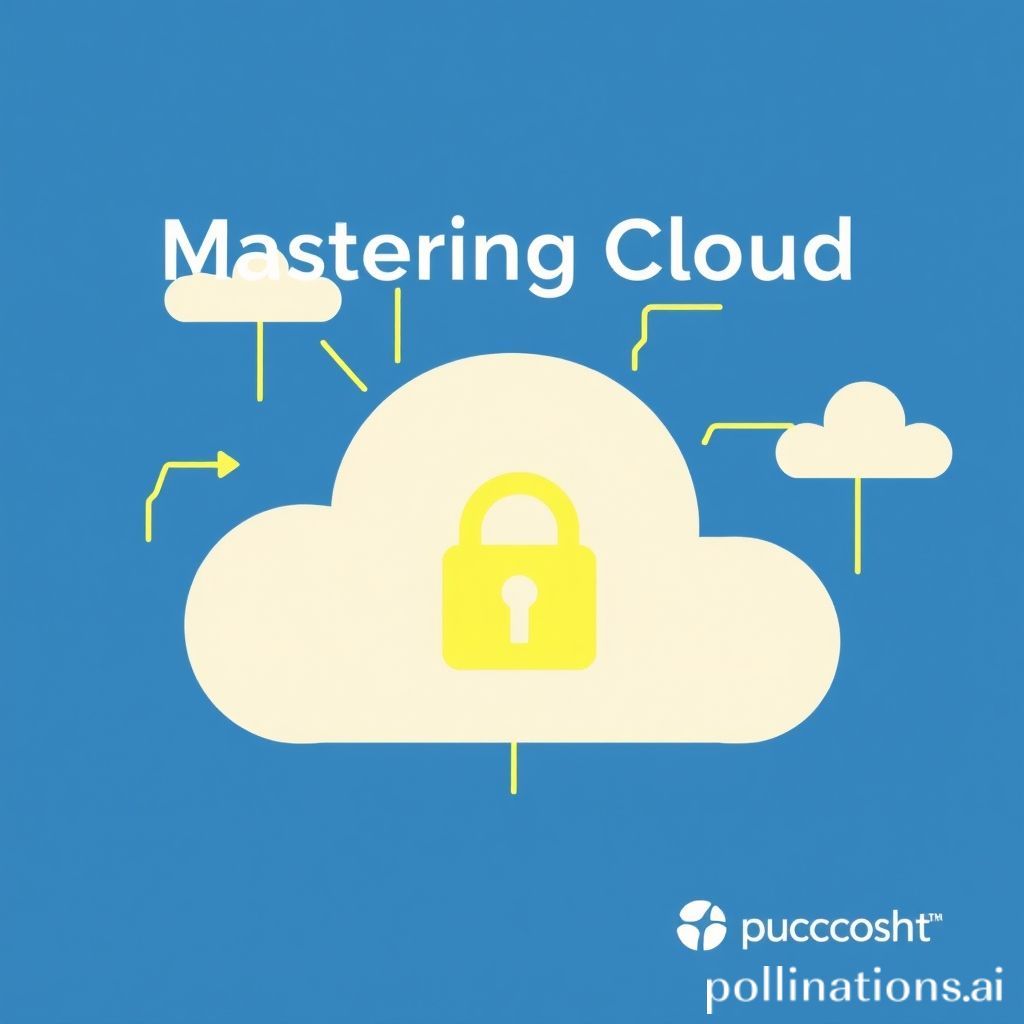
Mastering Cloud Security: Best Practices for Protecting Your Applications
As organizations increasingly rely on cloud computing to enhance efficiency and scalability, the importance of securing cloud environments cannot be overstated. With the rising frequency of data breaches and cyberattacks, mastering cloud security is essential for protecting sensitive applications and data. Here are some best practices to ensure robust cloud security.
1. Understand Shared Responsibility Model
When utilizing cloud services, it's crucial to understand the shared responsibility model. Cloud providers are responsible for securing the underlying infrastructure, while customers must ensure the security of their applications and data. Recognizing this division of responsibilities allows organizations to implement appropriate security measures.
2. Implement Strong Access Control
Access control is a fundamental aspect of cloud security. Here are some key strategies:
- Use Multi-Factor Authentication (MFA): Require multiple forms of verification to access cloud resources, adding an extra layer of security.
- Implement Role-Based Access Control (RBAC): Limit access to sensitive data and applications based on user roles, ensuring that only authorized personnel have permissions.
- Regularly Review Access Permissions: Conduct audits to identify and revoke unnecessary access rights, minimizing security risks.
3. Data Encryption
Data encryption is a critical practice in cloud security. It ensures that data remains secure both in transit and at rest. Consider the following:
- Encrypt Data at Rest: Use encryption algorithms to secure stored data, making it unreadable to unauthorized users.
- Encrypt Data in Transit: Utilize Transport Layer Security (TLS) to protect data as it moves between the cloud and end-users.
- Manage Encryption Keys Securely: Use a dedicated key management service to handle encryption keys, ensuring they are protected and only accessible by authorized users.
4. Continuous Monitoring and Logging
Continuous monitoring and logging of cloud environments are vital for identifying and responding to potential threats. Implement the following practices:
- Enable Cloud Provider Logging: Use native logging features provided by your cloud provider to track changes and access to resources.
- Implement Security Information and Event Management (SIEM): Deploy SIEM solutions to aggregate and analyze security logs, detecting anomalies and potential breaches in real-time.
- Conduct Regular Security Audits: Schedule routine audits to evaluate your cloud security posture and make necessary adjustments.
5. Stay Informed and Educated
The landscape of cloud security is constantly evolving. Regularly update your knowledge by:
- Following Industry News: Stay informed about the latest threats and vulnerabilities affecting cloud environments.
- Participating in Training Programs: Provide ongoing education for your team regarding the best practices and emerging trends in cloud security.
- Engaging with Security Communities: Connect with cloud security professionals to share insights and strategies.
Conclusion
Mastering cloud security is imperative for organizations relying on cloud-based applications. By implementing these best practices, organizations can significantly enhance their security posture and protect sensitive data from evolving threats.
